As you decide which type of material to roof your home with, you will notice many options on the market. Wood roofs look classic and attractive on almost any home. But you are wondering - how long does a wood roof last? We have thoroughly done our research and answer that question in this post.
A wood roof usually lasts about 30 years, with a range of 15-80 years. The longevity of your wood roof depends on several factors. These factors include:
- Type of wood
- Frequency of maintenance
- Proper home and yard care
- Local climate
Keep reading the rest of this post for a complete rundown on each of the factors listed above. This post will inform you about wood roof longevity and what steps to take to increase that longevity. In addition, we answer several related questions to ensure you make a wise roofing decision.

Factors That Influence The Longevity Of Your Wood Roof
Type of Wood
Perhaps the most important factor impacting wood roof longevity is the type, or species, of wood. While cedar is the most common wood used for roofing, tropical hardwoods such as wallaba and teak are also available. Alternatively, composite shakes and shingles have entered the market as a wood look-alike.
Cedar
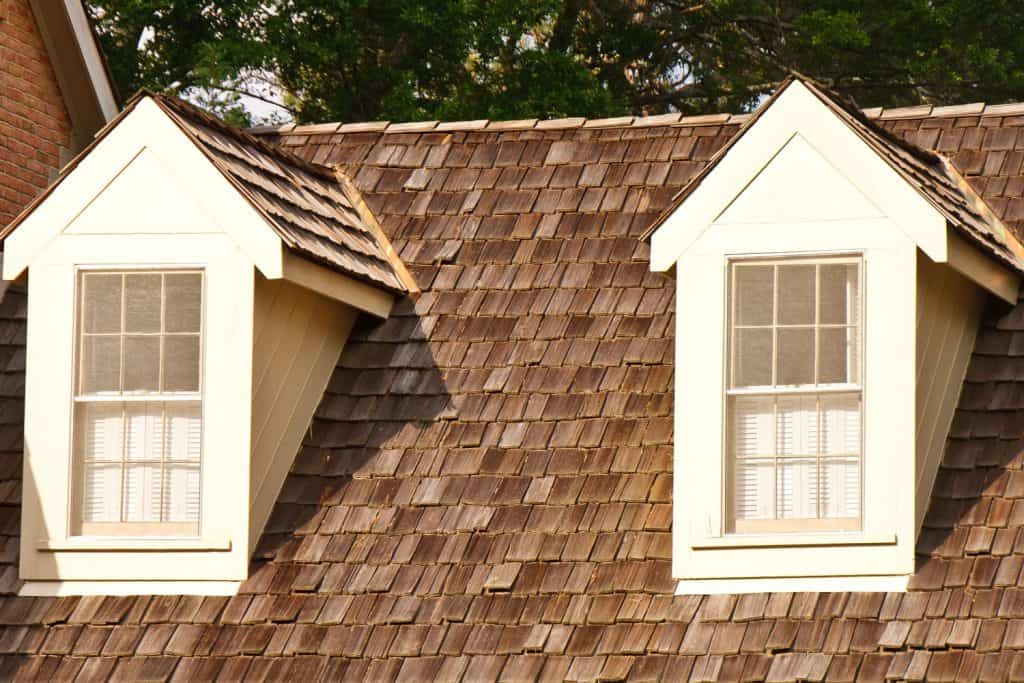
We may include affiliate links and curated AI content to highlight top design styles.
While estimations vary, cedar roofs last approximately 30 years with proper maintenance. For comparison, cheaper asphalt shingles last 15-20 years but require a little less maintenance. However, cedar is naturally moisture-, rot-, and insect-resistant. These features allow your roof to have a natural cedar look without requiring any treatments or stains.
Cedar roofs will eventually weather to a golden grayish color. Since cedar was the roofing material of choice for most of the history of the US, it imparts a very classic farmhouse look.
Tropical Hardwoods

The tropical hardwoods of wallaba and teak are also roofing options. Wallaba, while costing approximately 40% more than cedar, lasts significantly longer at around 45 years. Teak, while even more expensive, is advertised to last up to 80 years. These hardwoods are certainly unique and long-lasting but must be imported from the tropics.
Composite Shingles
While not technically a wood, composite shingle technology often looks like the real thing. These shingles are a combination of materials such as asphalt, fiberglass, and paper products. They are even more resistant to moisture and sun than wood shingles and are advertised to last up to 50 years.
Frequency of Maintenance
All roofs require maintenance, and wood roofs are no exceptions. Experts recommend that you inspect your wood roof yearly for any issues. When inspecting your wood roof, look for debris, moss and mildew, and cracked or missing shingles. It usually makes sense to perform this maintenance once spring has fully sprung.
Click here for a full roofing safety kit from Amazon.
While working on your roof, be sure to take the proper safety steps. Wear shoes with metal spikes on the bottom or, even better, rope off. Modern roofs usually have tie points for your rope. Wood roofs can be very slick even when dry and if you are not careful, you will find yourself falling. To avoid this danger, hire a professional to perform your wood roof maintenance.
Debris Removal
Once identified, the first step is to remove all debris such as pine needles, leaves, branches, etcetera from your roof. Remember, wood roofing materials are rot-resistant, not rot-impenetrable. Debris traps moisture against your roof therefore speeding up the process of decay.
Shingle Repair and Replacement
Each year, it is smart to remove all cracked or broken shingles and replace them. Also, fill back in any missing shingles. This process is relatively simple but requires a few special tools and a trip to the lumber warehouse to find matching shingle material.
Click here for a shingle ripping bar on Amazon.
Using the prying ability of a shingle ripping bar and a hammer, gently pry away all of the broken shingles. It is important to be careful here so you do not break any additional shingles. Then use the hooked blades on the shingle ripping bar and a hammer to cut and bend the nails which remain under the good singles.
Starting at the bottom course of bad shingles, replace the shingles using the existing pattern. Be sure to use galvanized roofing nails, and drive the nails under the upper course of shingles so no nail-hole is exposed to the elements. If you are only replacing a single shingle, this means pounding the nail just under the lip of the upper shingle, and maybe even finishing it with a nail punch.
Remember, even if you are using the exact shingles, the degree of weathering will leave the new looking different from the old. After a year or two, the difference will be unnoticeable. Check out this video for a great visual how-to on the instructions above:
Roof Cleaning
To clean a wooden roof properly, use a light bleach solution of about 5% bleach to water. Anything stronger can break down the shingles, decreasing their strength. And since the goal of cleaning a roof is to scrape away any lichen or moss, a stronger cleaner is unnecessary.
Click here for an appropriate brush on Amazon.
Using a sponge or long-handled brush, clean all the lichen and moss off the roof. After waiting 15 minutes for the cleaner to set a little, wash the cleaner off with water. By cleaning the moss and lichen away, you are removing places for moisture to sit on your roof.
Proper Home and Yard Care
There are a few additional steps you can take to increase your wood roof's longevity. These include properly trimming surrounding trees, ensuring appropriate attic ventilation, and installing copper or zinc ridge caps.
Trimming Surrounding Trees
Trees that are overhanging your wood roof can be a large source of debris and a source of lichen and moss as well. By keeping those trees and branches trimmed, you will decrease the amount of annual maintenance required. This also decreases the chance of a branch falling and causing more serious damage. This preventative maintenance step, while simple, can make a huge difference.
Appropriate Attic Ventilation
An unventilated attic can cause several problems. Moisture and heat can collect in the attic, which leads to mildew growth inside the attic and ice damning on the roof. Both of these issues can be fixed by adding additional attic ventilation so moisture and heat can escape your attic. If you are having this problem, you might also have insulation or air-sealing issues.
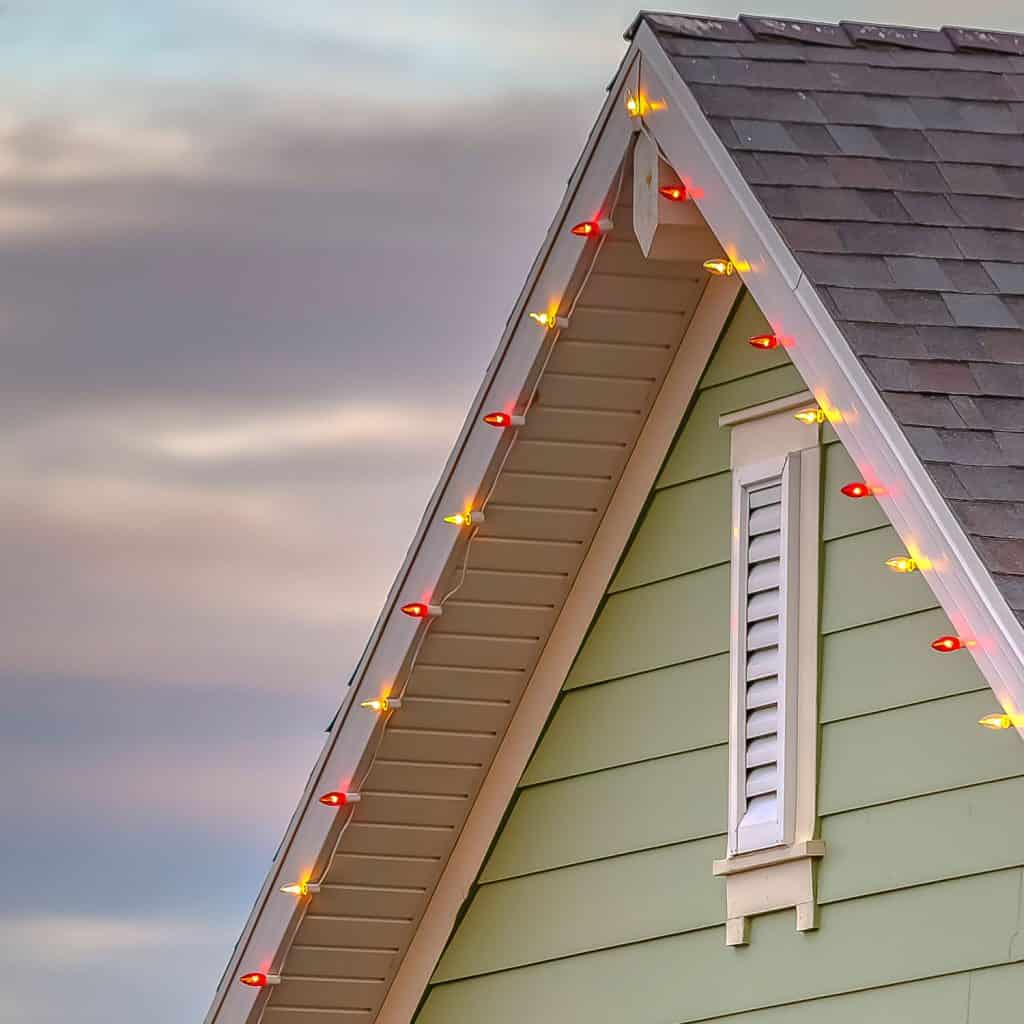
Periodically check your attic for mold or mildew and pay attention to ice damming. To fix the issue, you can get a professional home weatherization expert or install new ventilation and/or insulation on your own.
Zinc or Copper Strips
If moss, lichen, and mildew are a large problem on your roof, there is a relatively simple way to fix this. You can install zinc or copper ridge caps or strips. As the rain washes over these metals, it picks up trace amounts and deposits these on the roof. This generates a solution that is growth resistant.
There are a few strategies for installing these additions. The most popular is using ridge caps, but premade strips are available, or you can even cut strips from metal sheets. Using premade material, and hiring a professional for the install will provide the neatest looking finished product.
Local Climate
Local climate plays a critical role in roof longevity. Sun, rain, snow, and wind can all damage your roof. That being said, your roof is designed to take the beating of weather and is generally only negatively affected during extreme events.
Ultraviolet radiation damages a roof faster than rain. So if you live in a very sunny place where it routinely gets very hot without cloud or shade cover, wood roofing might not be the best option. However, the average amount of sun is unavoidable and just part of the process.
Rain and snow do not damage your roof. But if there are places where the moisture can sit, like debris or moss, precipitation can cause some indirect damage. This highlights the importance of regular maintenance and cleaning.
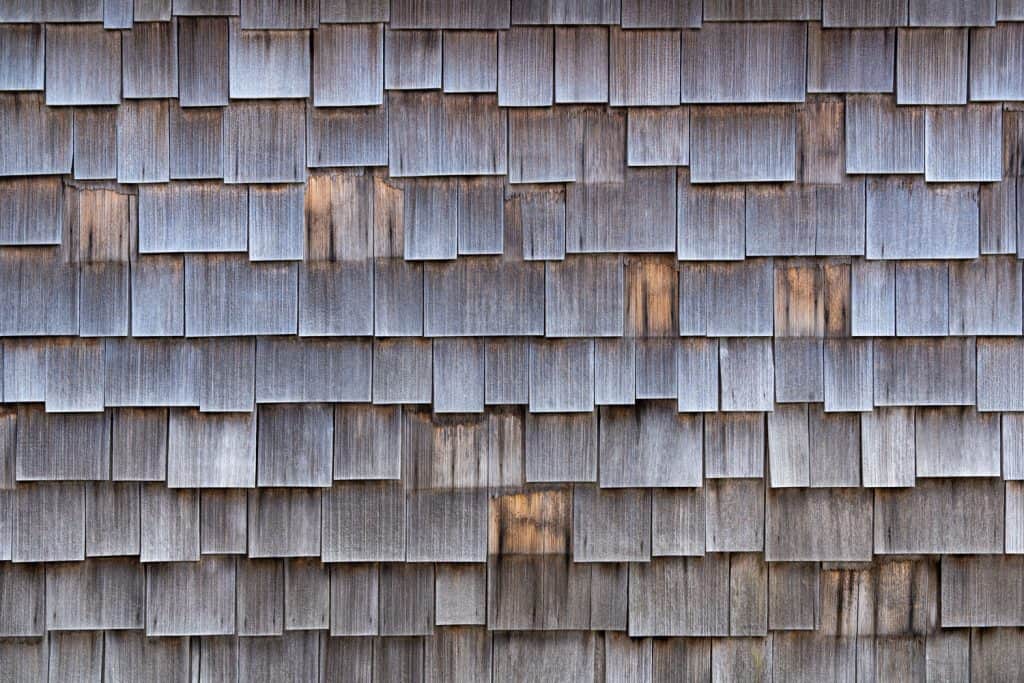
Strong wind can tear shingles off your roof, exposing the rest of the roof to moisture. If you regularly get strong wind events, expect your roof to last less time and to do more maintenance on it.
What Is The Difference Between Wood Shakes And Wood Shingles?
"Shake" and "shingle" are often used interchangeably, but refer to slightly different things. Shingles are cut on both sides so are generally skinnier, more consistent, and have a slightly more modern look. Shakes are split on at least one side, which produces a rustic looking finish. Both of these roofing materials are usually made of cedar.
How Much Does It Cost To Replace A Wood Roof?
Many factors influence the cost of a roof replacement. These include wood type, roof height, roof accessibility, and more. Generally speaking, it costs between $6 to $9 per square foot to replace a wood roof. To get a more exact estimate, call some professionals to provide you with some estimates.
Are Wood Shingles Good?
Yes! Wood shingles provide excellent roof protection from rain and snow and also look great with many home decor styles. Wood shingles have earned a place as a classic roofing material for those with a discerning eye for a reason.
In Closing
This post has provided a rundown on how long a wood roof lasts. You now should be able to understand the factors that influence a wood roof's longevity and what maintenance is necessary to maximize that life span. Good luck!




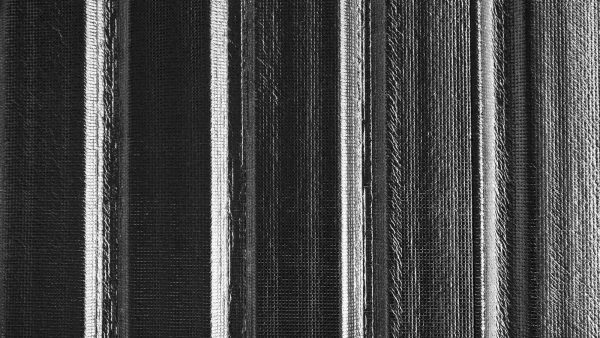
![Get Your Roof Ready: How to Apply Aluminum Roof Coating [Step by Step Guide]](https://homedecorbliss.com/wp-content/uploads/2023/08/shutterstock_1624204837-600x400.jpg)
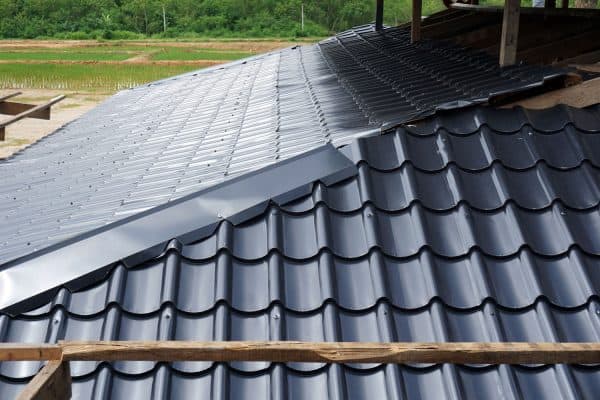
I just read an article you wrote about wood roofs. I have been thinking of installing one myself for my home and was curious what your thoughts were on how long they last?
I read your article about wood roofs. You make a lot of great points and it’s very helpful for people like me who are on the fence about installing a wood roof. I also loved the pictures you included.
Thanks so much!